Líbano
O Líbano é um país minúsculo no Oriente Médio, mesmo alguns dias ou uma semana é suficiente para ver muita coisa. Ele está localizado provavelmente no lugar mais infeliz da Terra, espremido entre a Síria devastada pela guerra e Israel, com a qual as relações ainda permanecem tensas.
Por esse motivo, muitos dos turistas que já haviam visitado o Oriente Médio preferem optar por destinos "mais seguros". O Líbano, como resultado disso, é um destino fora dos roteiros mais conhecidos que tem muito a oferecer. E, ao contrário da crença popular, nos sentimos mais seguros em Beirute do que em Paris ou Londres. Muito mais seguro - durante o dia ou à noite.
O Líbano, apesar de seu tamanho, é um país diverso e muito interessante. Beirute é absolutamente linda - a arquitetura dourada, as ruínas antigas e provavelmente a única cidade onde você pode encontrar mesquitas e igrejas lado a lado. A costa também é muito atraente - especialmente a "pedra do pombo". Sem falar também da excelente comida libanesa.
As montanhas próximas estão cobertas de neve até maio, apesar do clima quente do Mediterrâneo nas planícies. As florestas de cedro, os vales, as cavernas - o Líbano é um país incrível e autêntico para se visitar, especialmente agora - sem hordas de turistas ocidentais!
Dê uma olhada nas postagens que preparei sobre este país fascinante. Vou continuar adicionando mais.
Beirut used to be called the "Paris" of the Middle East. But to be honest, after having visited both cities, it's way more interesting than the real Paris. Thanks to the diversity of various cultures, the city boasts influences from Europe and the Middle East. It is especially evident in the unique, golden architecture around the Nijmeh Square. Due to the city's sensitive location, this diversity is not only a blessing but, unfortunately also a curse. As recently as the 1990s, Beirut was heavily damaged by the Lebanese Civil War. Now it has been rebuilt and if it wasn't for the reputation of the region, Beirut would be as popular as all the other great cities on our planet. But is it safe to visit it now?
At first, Qadisha Valley wasn't in our itinerary of places to see in Lebanon. Apart from the obvious sites of this fascinatingly diverse country, like Beirut, Byblos or the ancient Roman ruins at Baalbek, we wanted to see the Lebanese cedar forests in their natural environment as well as the spectacular Baatara sinkhole waterfall which is one of the most unique natural phenomenons I've seen.
However, after we organized a trip to Baatara/Cedar Forest Natural Reserve, our guides recommended we also see the magnificent yet way less known Qadisha Valley. And it was such a great piece of advice! Although the other two natural wonders are spectacular, it takes only a very short tome to visit them. Qadisha Valley, in turn, proved to be an amazing journey into the past where history of hermits and monks who had lived in the cave dwellings intertwines with the breathtaking views of the gorges and high mountainous peaks covered with white blanket of snow.


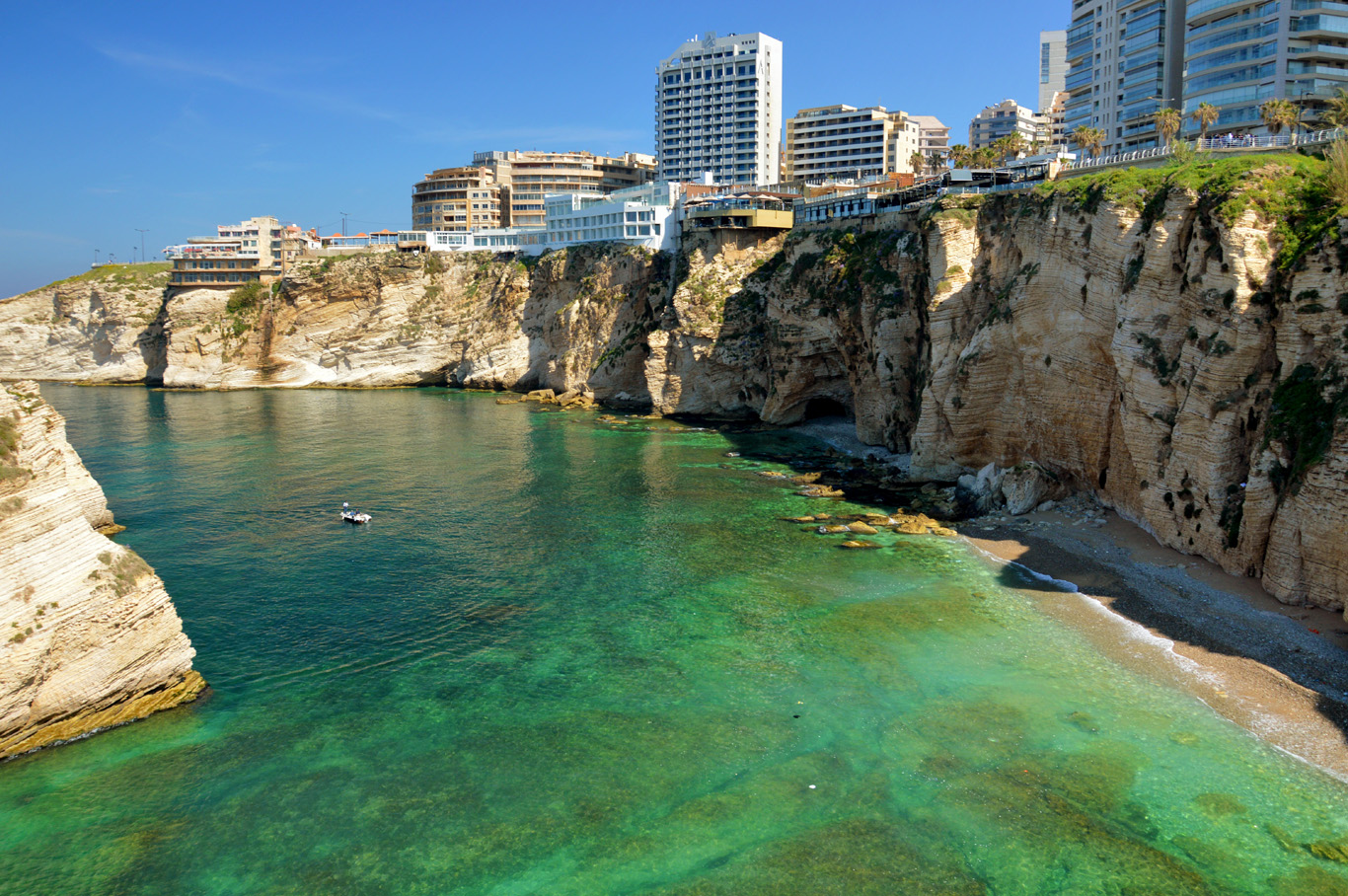

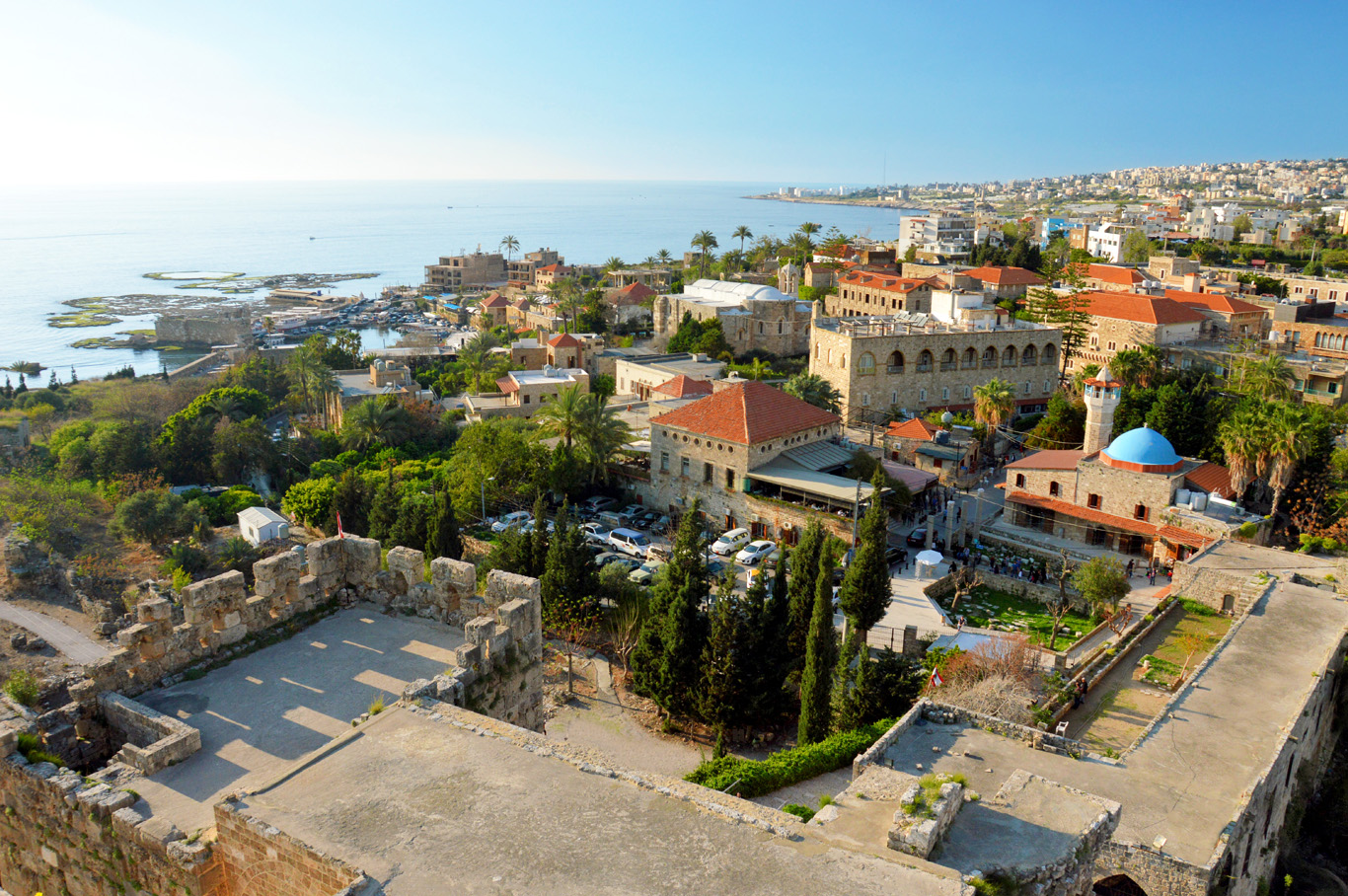

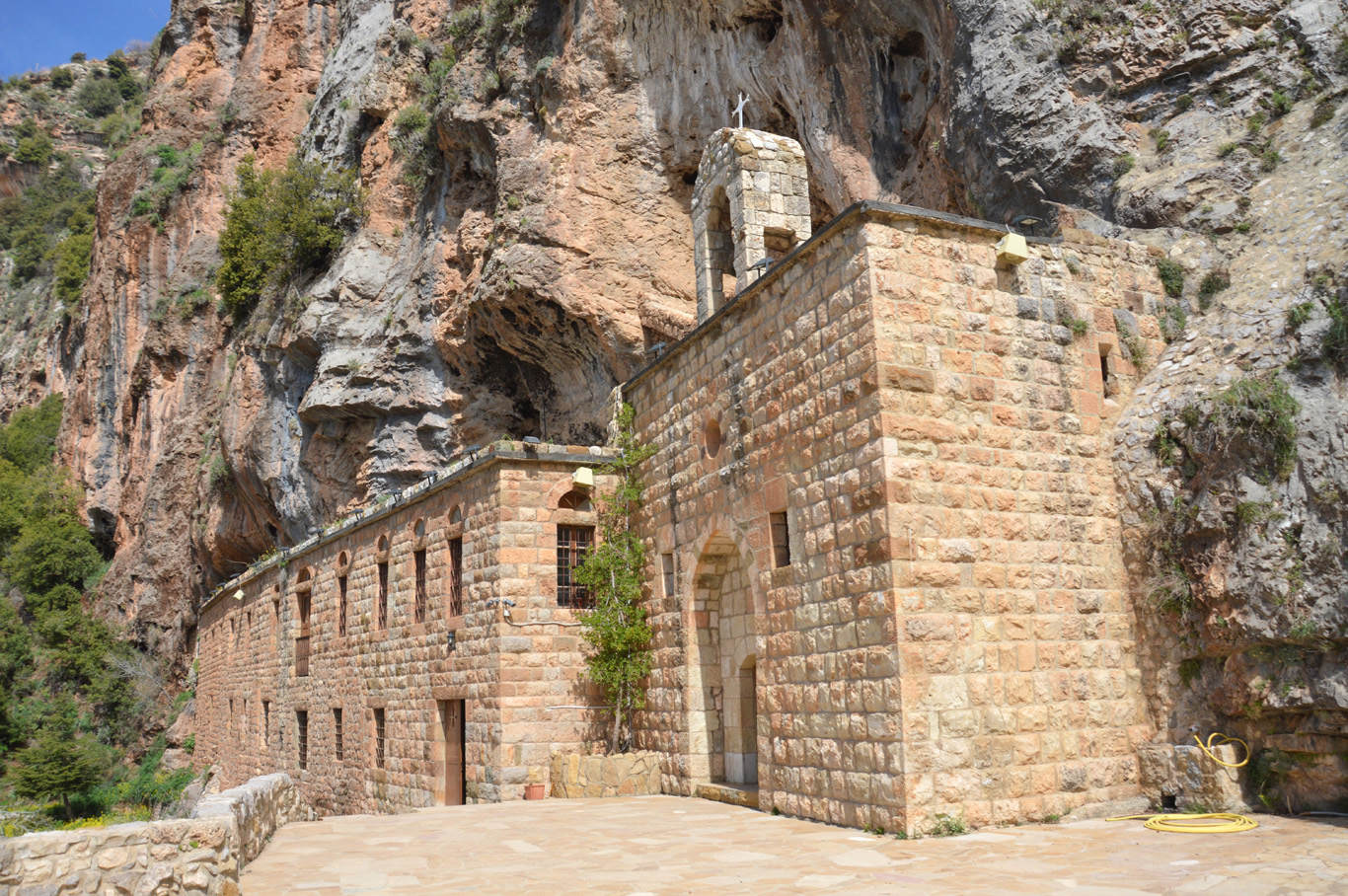
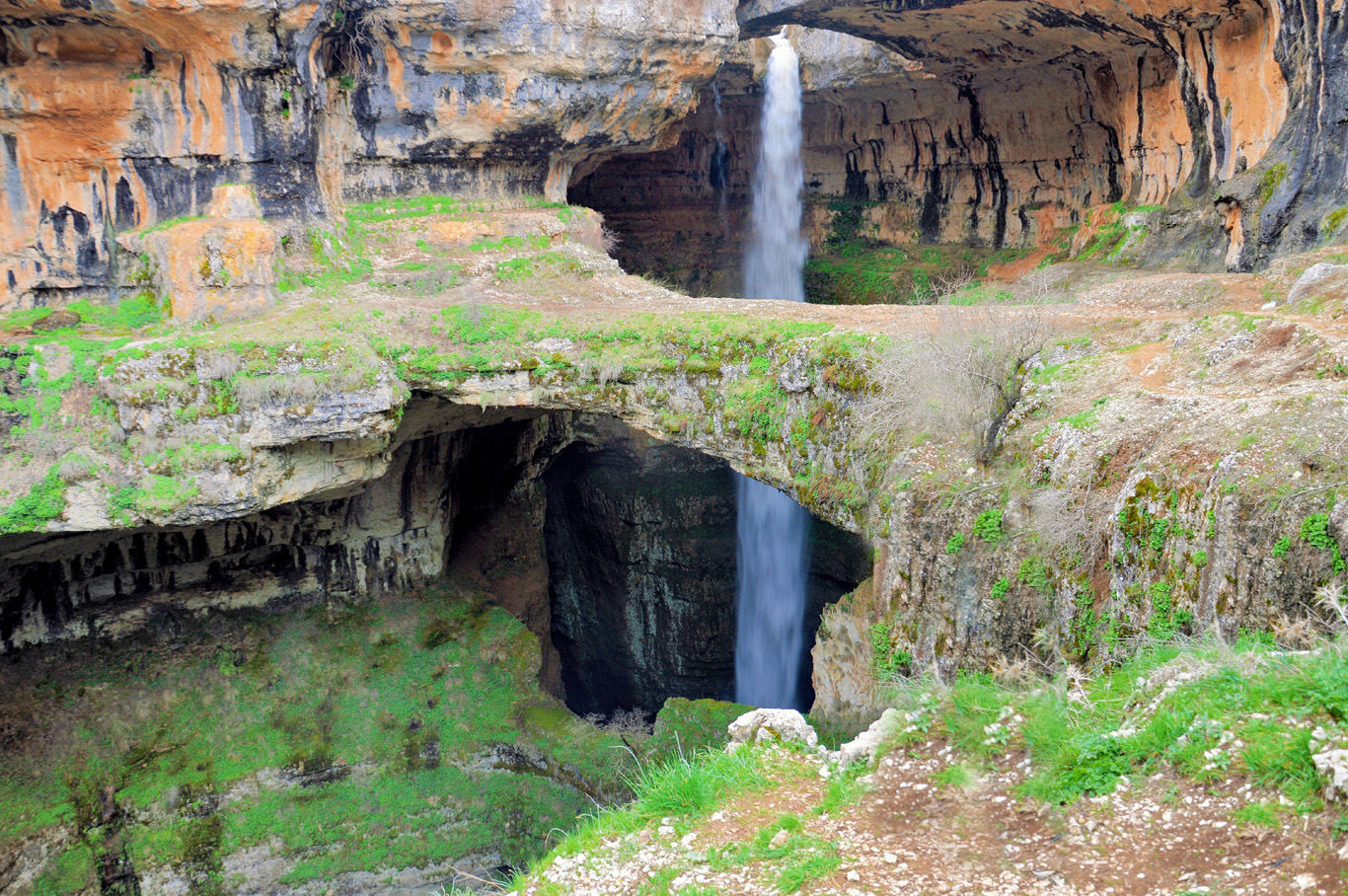






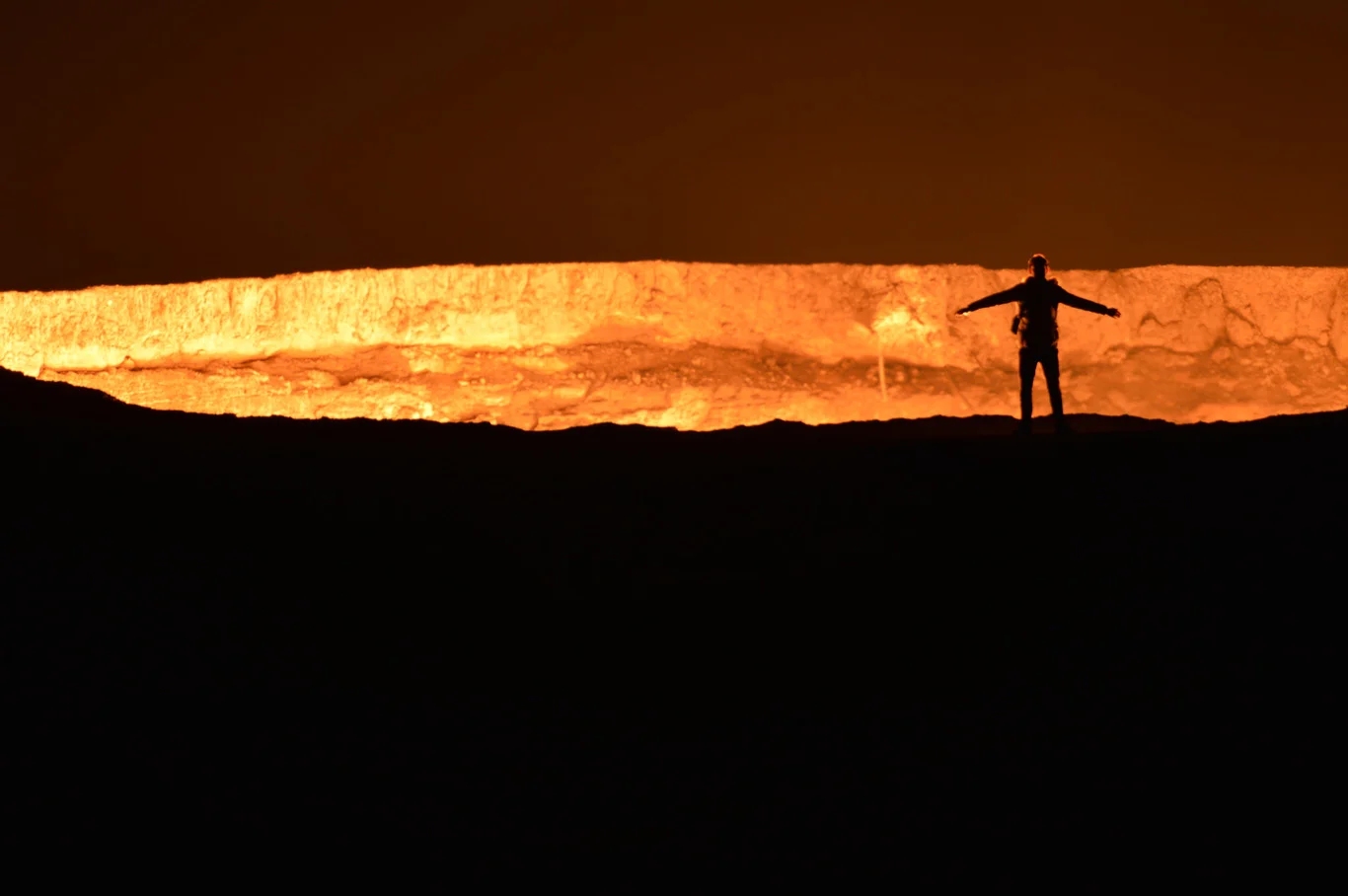




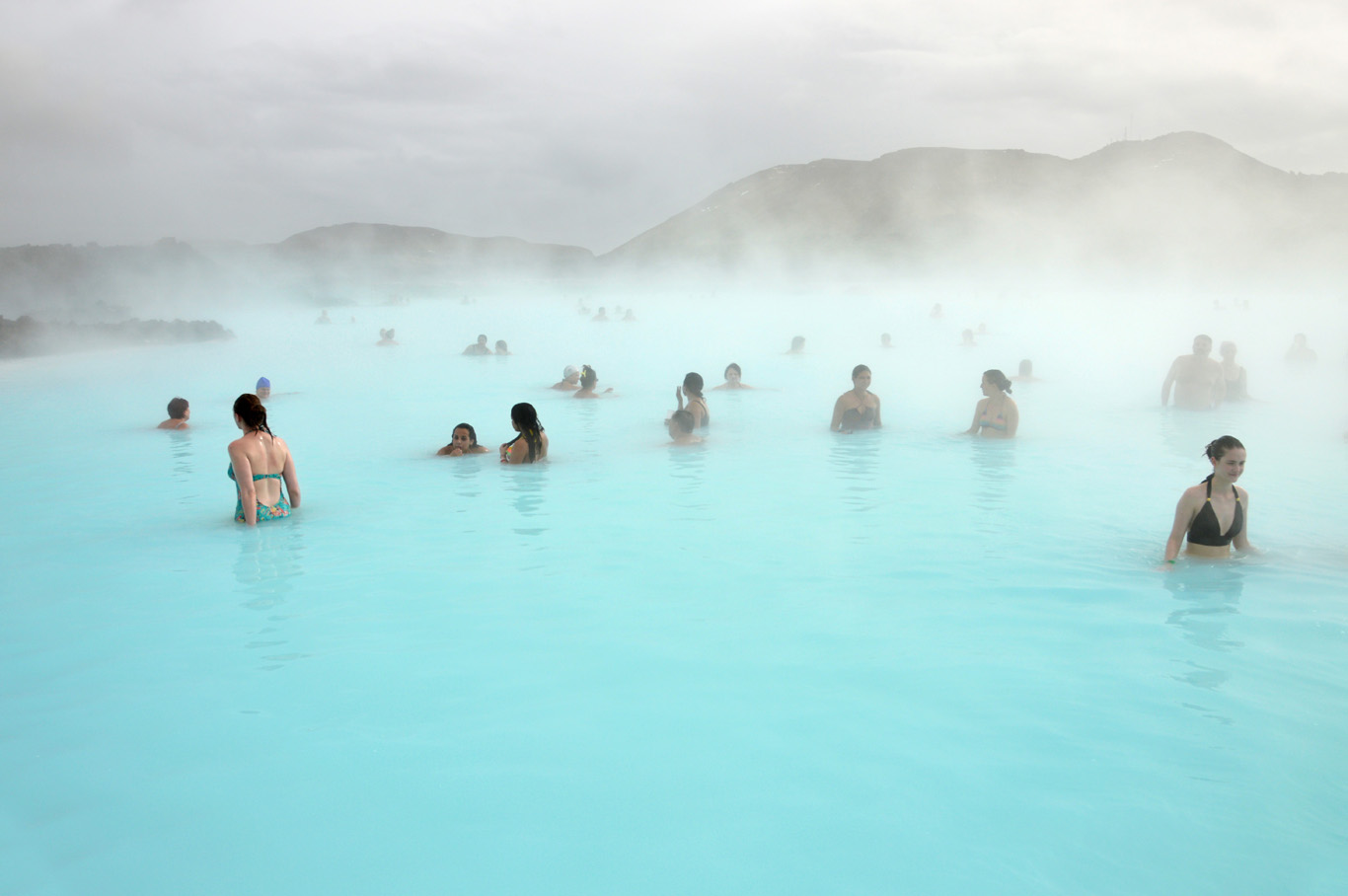

Lebanon is located right beside the countries involved in the recent world's most serious conflicts. Although this little strip of land along the Mediterranean sea is so attractive for potential tourists, it might seem that tourism has virtually died out due to the civil war in the neighboring Syria. But is it true? Do you plan to visit Lebanon in spite of the fact that most of government websites discourage to do so? Find out if Lebanon felt safe for us - from a point of view of an ordinary traveler.